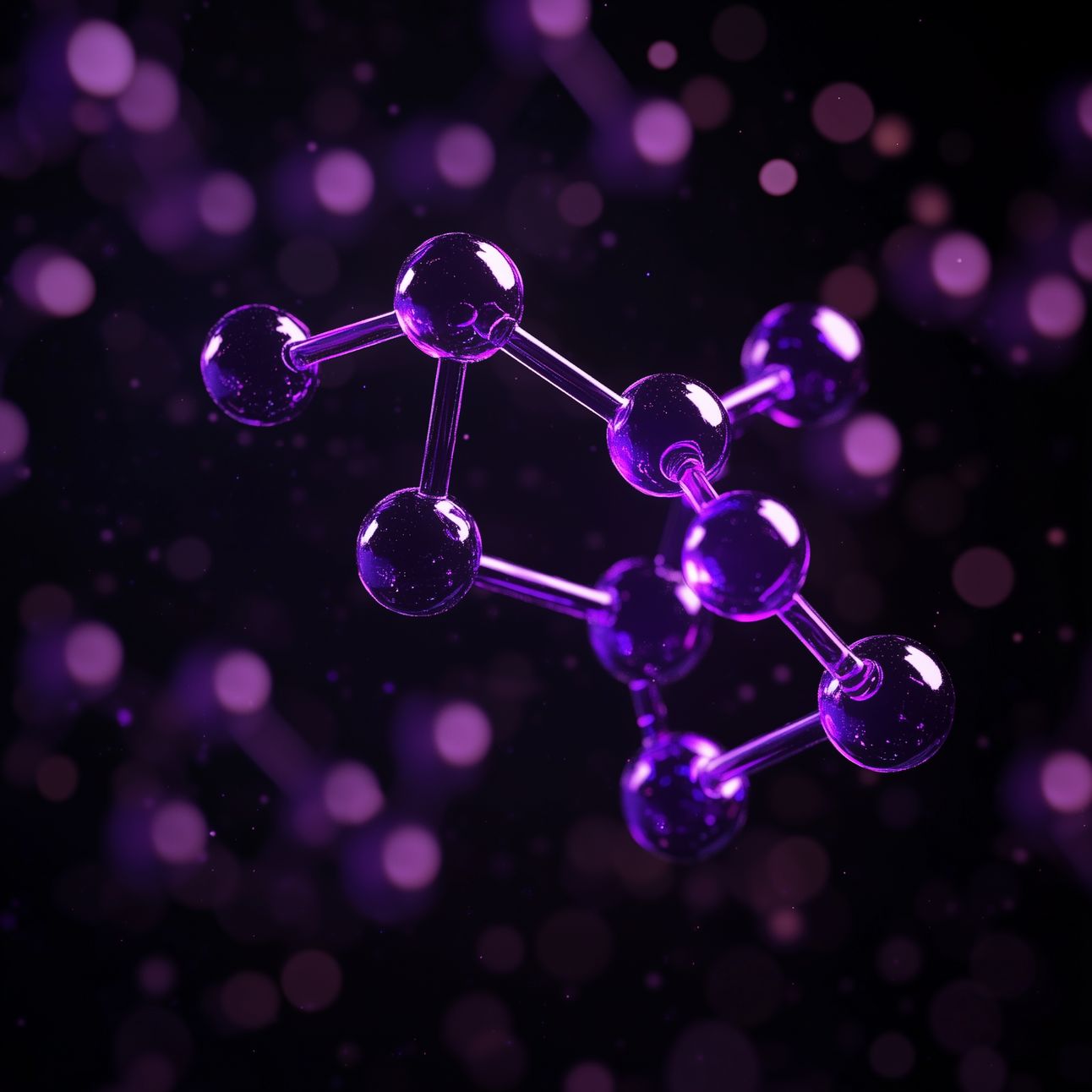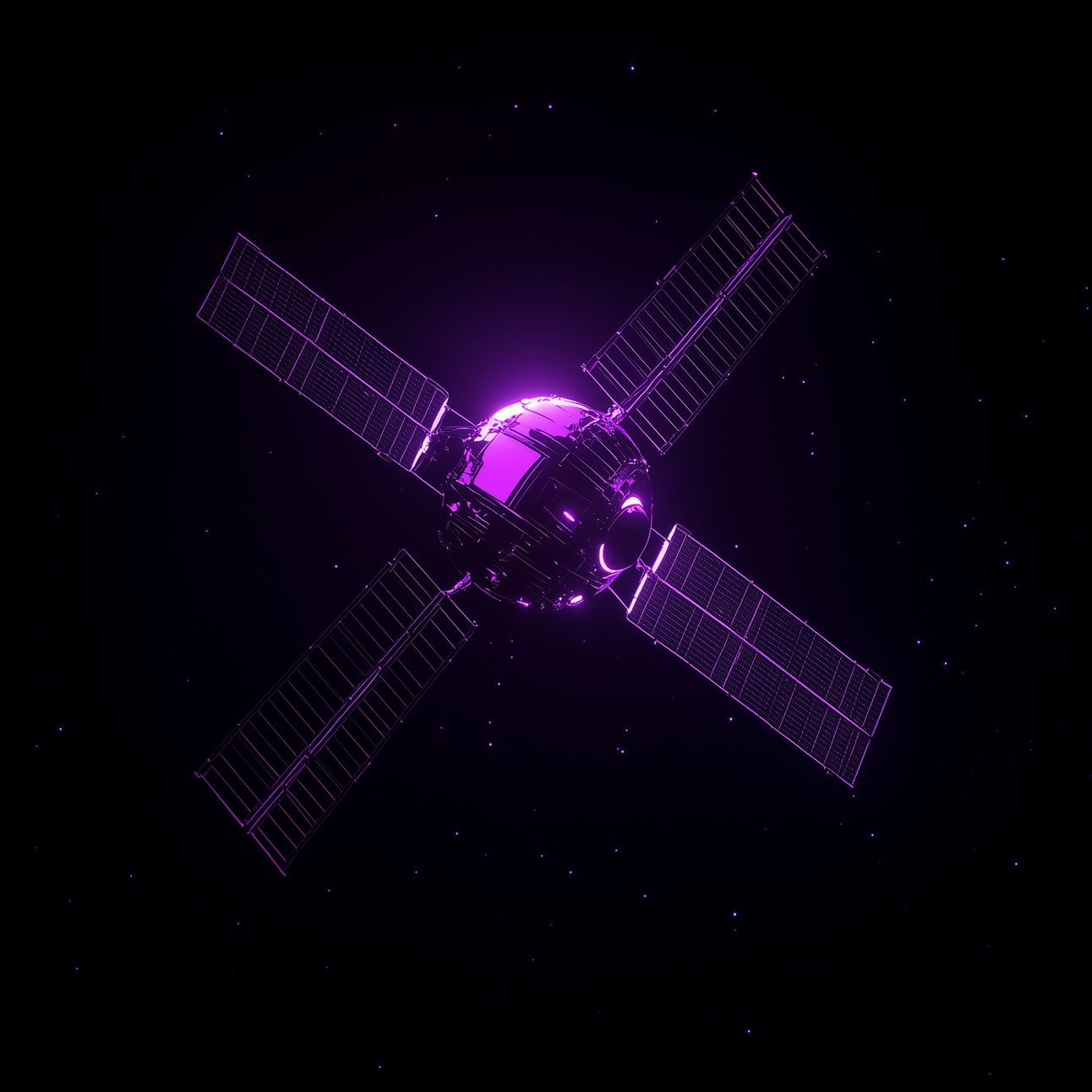- The Daily Qubit
- Posts
- The Daily Qubit
The Daily Qubit
QC-PAINT reinterprets classical masterpieces, ML and quantum-inspired algorithms align to take on the protein design problem, a proposed satellite-assisted quantum repeater protocol uses individually trapped atomic qubits, and more.

Welcome to The Daily Qubit!
Get the latest in top quantum news and research Monday through Friday, summarized for quick reading so you stay informed without missing a qubit.
Have questions, feedback, or ideas? Fill out the survey at the end of the issue or email me directly at [email protected].
And remember—friends don’t let friends miss out on the quantum era. If you enjoy The Daily Qubit, pass it along to others who’d appreciate it too.
Happy reading and onward!
Cierra
Today’s issue includes:
Classical masterpieces are reinterpreted using a quantum-driven reordering process, merging classical art and modern quantum technology.
A framework integrates machine learning and quantum-inspired algorithms for the protein design problem, optimizing amino acid sequences that fold into specific three-dimensional protein structures.
A proposed satellite-assisted quantum repeater protocol uses individually trapped atomic qubits as both quantum memories and single-photon sources.
QUANTUM APPLICATION HEADLINES

Image: by Midjourney for The Daily Qubit
APPLICATION: The Quantum Computing Inspired Paintings (QC-PAINT) project, led by DESY, the Cyprus Institute, and others reinterprets classical masterpieces using quantum computing. Paintings by Caravaggio, Magritte, and Richter are transformed through a quantum-driven reordering process, merging classical art and modern quantum technology.
SIGNIFICANCE: The integration of quantum computing with art introduces a new dimension to creativity, blending randomness, entanglement, and superposition into visual compositions. This project serves as an example of the potential of quantum technologies to inspire and redefine artistic practices, as well as encouraging the dialogue between science and art.
HOW: The process begins with paintings being discretized into grids, with each square encoded as qubits to represent discrete units of the artwork. Quantum circuits then simulate the time evolution of these grids using the Ising model Hamiltonian and the Trotterization method to approximate the complex calculations. The quantum computation results probabilistically reorder the tiles, leveraging principles of superposition and entanglement to determine their new arrangements. Finally, the reordered grids serve as templates, which are manually reproduced as oil paintings on wooden panels, combining the precision of quantum-driven aesthetics with the human touch of traditional painting.
BY THE NUMBERS:
3 Artworks – Paintings by Caravaggio, Magritte, and Richter are reinterpreted using quantum methods.
4096 Shots – Quantum computations run on IBM's superconducting devices with 4096 measurements for precision.
16x13 Grids – Caravaggio's "Narcissus" reflection was divided into 208 squares for quantum reordering.
70x84 cm – Dimensions of the final oil painting for "Quantum Transformation I: Caravaggio.

Image: by Midjourney for The Daily Qubit
APPLICATION: A team from Trento University, the University of Milano-Bicocca, and others proposes a framework integrating machine learning and quantum-inspired algorithms for the protein design problem. The framework optimizes amino acid sequences that fold into specific three-dimensional protein structures, serving applications in drug discovery, synthetic biology, and advanced materials design.
SIGNIFICANCE: Protein design is computationally intensive, requiring nested searches in sequence and structure spaces. By using quantum-inspired optimization, this approach reduces computational demands, and may achieve higher efficiency even on classical hardware. This has the potential to notably affect protein design through faster discovery of therapeutics and functional biomaterials
HOW: The framework reformulates the sequence selection process as a quadratic unconstrained binary optimization (QUBO) problem, which can be solved using quantum annealers or classical optimizers. An iterative machine learning approach refines a physics-based scoring function that evaluates the compatibility between amino acid sequences and their target structures. The method integrates quantum algorithms, machine learning, and physics-based modeling to achieve high design accuracy while minimizing computational overhead. This cohesive strategy ensures the framework can efficiently handle the complexity of protein design.
BY THE NUMBERS:
80% Success Rate – Achieved in protein sequence design for certain lattice models after just a few optimization iterations.
1000 Qubits – Proposed number of qubits required for representing 100-amino-acid sequences in quantum annealers.
3 Iterations – Number of cycles needed for the iterative approach to converge on optimal solutions in simplified lattice models.

Image: by Midjourney for The Daily Qubit
APPLICATION: A proposed satellite-assisted quantum repeater protocol from QuTech, Delft University of Technology, and others uses individually trapped atomic qubits as both quantum memories and single-photon sources. These qubits are designed to distribute high-rate and high-fidelity quantum entanglement over continental distances.
SIGNIFICANCE: As quantum networking scales globally, efficient and scalable solutions are needed to counteract transmission losses inherent in optical fibers and direct satellite links. This approach reduces the reliance on probabilistic entanglement generation, costly cryogenics, and extensive multiplexing seen in conventional methods. The system can notably improve applications such as secure quantum communication and distributed quantum computing by achieving entanglement rates of 100 Hz with high fidelity (≥0.9) across thousands of kilometers, using fewer memory modes.
HOW: The protocol uses alkali atoms as quantum memories with long coherence times, which also serve as single-photon sources for entanglement distribution. A ‘two-click’ protocol is implemented to generate atom-photon entanglement, which is then swapped into atom-atom entanglement using linear optics Bell state measurements. To improve efficiency, Rydberg-mediated two-atom gates enable nearly deterministic Bell State Measurements for entanglement swapping. Additionally, an analytical model, inclusive of potential errors, is used to predict the performance of the system, avoiding the computational limitations of Monte Carlo simulations.
BY THE NUMBERS:
5 Satellites – Required for the proposed configuration to establish high-fidelity entanglement.
100 Hz – Achievable entanglement distribution rate over 1500 km.
≤200 Memory Modes – Needed per satellite for a 50-cm telescope setup, drastically reducing resource demands compared to conventional systems.
0.9 Fidelity – Ensures the reliability of entangled pairs for secure applications such as QKD.
RESEARCH HIGHLIGHTS
🧠 Caltech, NVIDIA, and Harvard University implement quantum perceptrons on Rydberg atom arrays and demonstrate the ability of QPs to classify quantum phases and entanglement types with high accuracy, even in the presence of noise, as well as expand the QP model to multi-class classification with dual-output qubits. This work highlights the potential of QPs for practical quantum neuromorphic computing and their integration into deeper neural network architectures.
🤖 NVIDIA, Quantum Motion, Qubit Pharmaceuticals, NASA, and others present a thorough exploration of how AI can address central challenges in quantum computing, from hardware design to error correction and algorithm development. The study highlights the integration of advanced AI techniques, including machine learning, reinforcement learning, and neural networks, to optimize QC workflows, improve error resilience, and accelerate hardware scalability.
✨ Quantinuum and HSBC developed a scalable quantum kernel framework using matrix product state simulations to lessen the limitations of prior quantum machine learning methods. They demonstrate the application of quantum kernels to larger datasets and feature spaces, achieving improvements in classification tasks, such as with 165 features and 6,400 data points. The results show how quantum kernel methods may improve ML performance at scale while identifying resource trade-offs between CPU and GPU implementations.
NEWS QUICK BYTES
💡 Quandela, CNRS, Université Paris-Saclay, and Université Paris Cité have officially inaugurated QDlight, a research laboratory focused on advancing quantum photonics at the Centre for Nanoscience and Nanotechnology. The goal of the lab is to develop next-generation quantum light emitters and protocols for fault-tolerant photonic quantum computing and secure quantum communication.
🔋 An IQM Quantum Computers and Volkswagen collaboration used the hybrid quantum CS-AFQMC method to simulate strongly correlated systems with reduced qubit requirements while maintaining chemical accuracy. Applications include lithium-ion battery decomposition and nitrogen dimer modeling, achieving significant energy computation improvements over existing methods.
💫 South Korean researchers from ETRI, in collaboration with KAIST and the Trento University, have developed an integrated quantum circuit chip capable of controlling eight photonic qubits, achieving 6-qubit entanglement. The team plans to scale up to 32 qubits.
🤔 Quantum Computing Inc. announced a $40 million registered direct offering of 16 million shares of common stock at $2.50 per share, priced at-the-market under Nasdaq rules. The proceeds will be used for debt repayment, working capital, and general corporate purposes.
QUANTUM MEDIA
LISTEN
—weekend ambience—
THAT’S A WRAP.
How many qubits was today's newsletter? |
